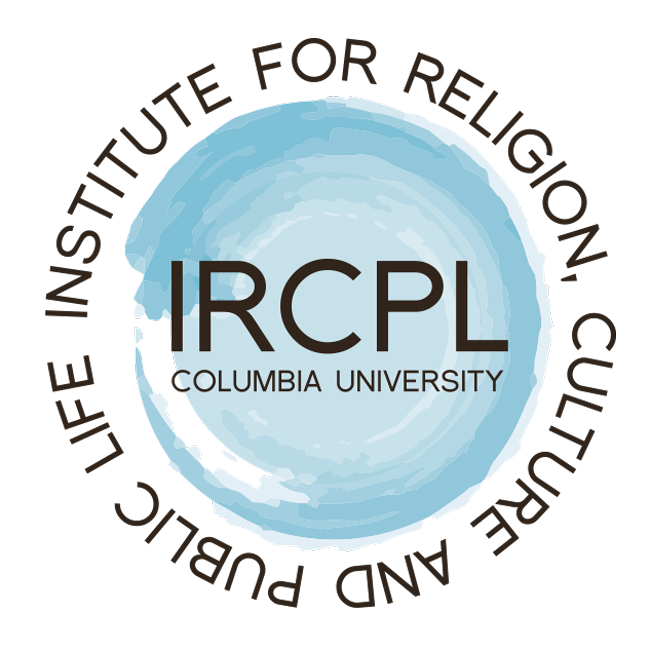Over the past two decades, the idea that religious boundaries and religious identities were ‘fluid,’ ‘ambiguous,’ ‘malleable,’ or ‘imprecise’ has prevailed within the field of early modern studies. Although widely diffused, this understanding remains rather unclear, as imprecision underlies both its function and content. That is, ‘fluidity’ is at times considered a conclusion based on the analysis of early modern boundaries and identities and at other times an analytical framework within which boundaries or identities are interpreted, while more often than not the concept is treated as a general characteristic of early modernity without being further elaborated or historicized. In fact, concepts like fluidity or ambiguity probably tell us less about early modernity and more about the era within which they have emerged, as their diffusion actually reached its peak during the post-cold war period, when the idea of clearly defined nation-states and the closely interlinked modernization theory were seriously challenged, while the notions of globalization and multi-culturalism emerged in order to provide answers to question that the ‘liquid modernity’ posed. The paper will discuss the way these notions have been employed within early modern studies and explore their boundaries and usefulness by looking at the 18th century cases of religious conversion in the Venetian institution of the Casa dei Catecumeni.
Daphne Lappa has studied history at the Universities of Crete and Athens, Greece. She is currently completing her PhD at the European University Institute of Florence, Italy. Her doctoral project addresses the issue of religious conversion and the modes of interaction among Jews, Christians and Muslims in the early modern eastern Mediterranean. Since 2011, she has been working for the multi-communal Association for Historical Dialogue and Research in Nicosia, Cyprus, where she holds the position of Research Officer. Daphne’s research interests evolve around the theme of coexistence in diversity, namely how religiously and ethnically diverse communities managed to live alongside in the pre-modern and modern era. She is also especially interested in the use of new technologies in history as a way of minimizing the gap between academic and public history.
